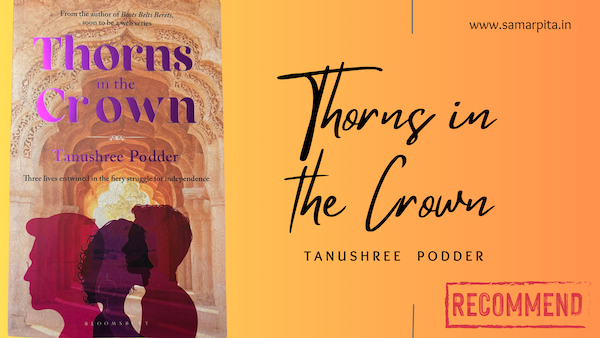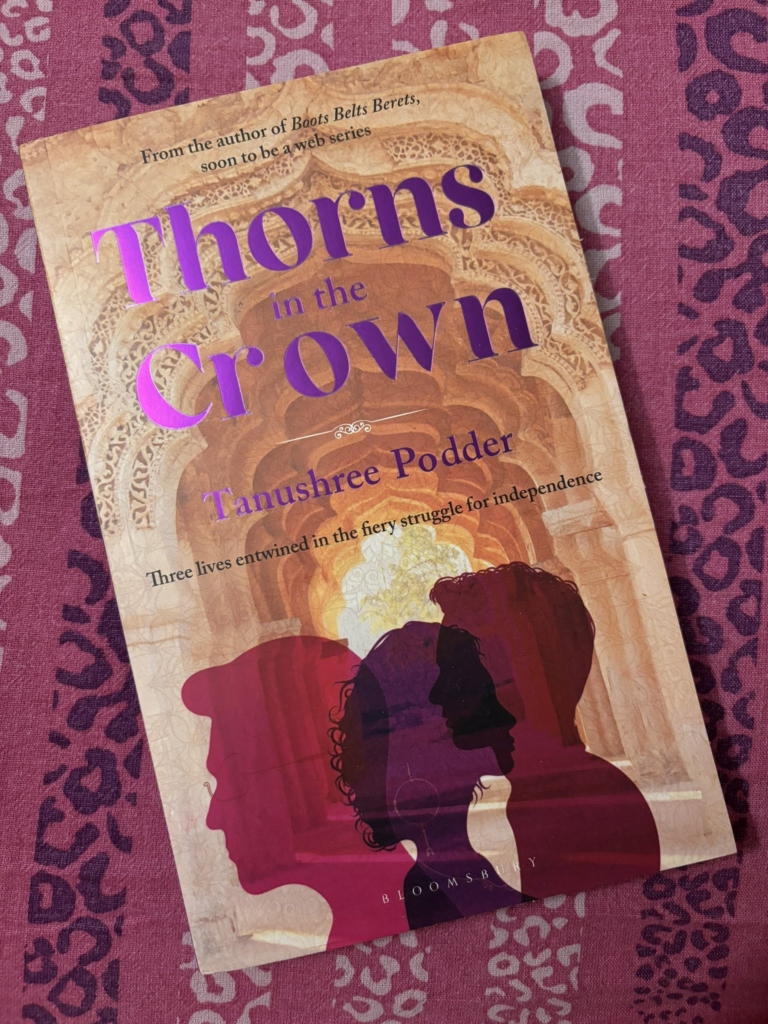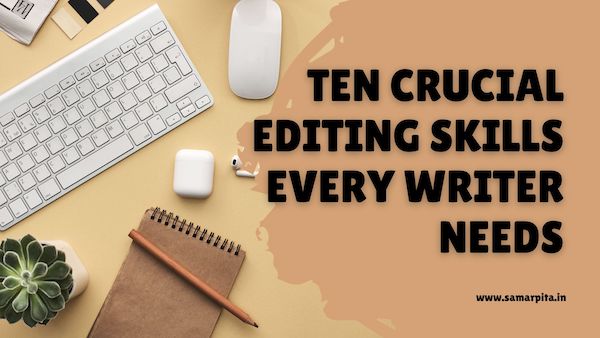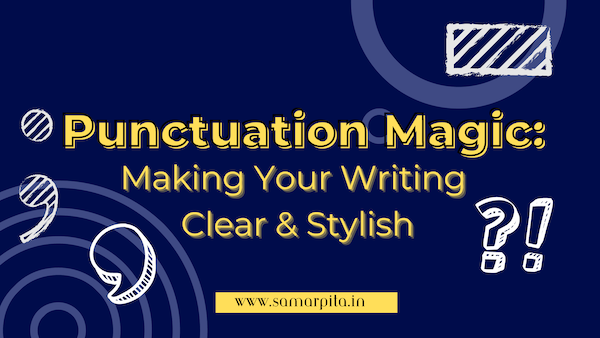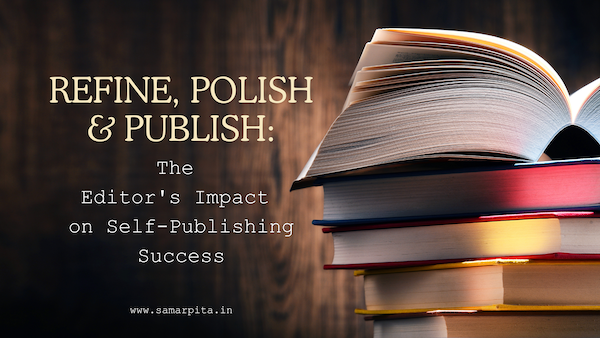As a writer, crafting a compelling and seamless story is a challenging endeavor. One common hurdle authors face is the presence of plot holes—those inconsistencies or gaps in the narrative that can leave readers confused or disconnected. But fear not! A manuscript editor can be your trusted ally in identifying and filling these plot holes, ensuring a cohesive and engaging story that captivates your readers from start to finish. In this blog post, we’ll explore the invaluable role of a manuscript editor in addressing plot holes and providing solutions.
Also Read: 5 Things To Do After Self-Publishing Via KDP
Identifying Plot Holes
Plot holes can be elusive, often escaping the author’s notice during the writing process. This is where a manuscript editor’s trained eye comes in. With their expertise, they meticulously analyze your manuscript to identify any gaps or inconsistencies in the plot. They examine the story’s structure, character arcs, and cause-and-effect relationships, seeking discrepancies that may hinder the narrative flow. By pinpointing these plot holes, a manuscript editor offers invaluable insights that empower authors to strengthen their storytelling.
Analyzing Cause and Effect
One key aspect of filling plot holes is ensuring a logical cause-and-effect progression within your story. A skilled manuscript editor delves deep into your narrative, examining the connections between characters, events, and choices. They evaluate if the consequences of actions are properly established and follow a coherent pattern. By identifying weak cause-and-effect relationships, an editor helps you tighten the plot, making it more believable and immersive for your readers.
Also Read: Zen & the Art of Writing: Finding Inspiration & Inner Peace through Writing
Developing Characters and Motivations
Inconsistent character motivations can often lead to plot holes. A manuscript editor helps you delve into the minds of your characters, ensuring their actions align with their personalities and motivations. They meticulously examine character arcs, seeking opportunities to deepen their development and eliminate any conflicting behaviors or unrealistic choices. Through this process, an editor ensures that your characters’ actions and decisions are authentic and contribute meaningfully to the story’s progression, bridging potential plot holes along the way.
Also Read: Punctuation Magic: Making Your Writing Clear and Stylish
Bridging Narrative Gaps
When it comes to plot holes, sometimes the missing pieces lie in the gaps between scenes or chapters. A manuscript editor analyzes the transitions between story elements, ensuring a smooth and seamless narrative flow. They scrutinize the pacing, evaluating if there are any abrupt shifts or missing information that could confuse readers. By bridging these narrative gaps, an editor helps maintain the reader’s engagement, enabling them to stay immersed in your story without any jarring interruptions.
Also Read: Your Writing Process: Identifying Your Strengths & Weaknesses as a Writer
Providing Solutions
A manuscript editor doesn’t just identify plot holes; they also provide practical solutions to fill them. They collaborate closely with authors, brainstorming ideas and offering suggestions that align with the story’s themes and vision. Whether it’s restructuring scenes, introducing additional backstory, or reworking character motivations, an editor works hand-in-hand with you to address plot holes effectively. Their objective viewpoint and expert storytelling knowledge can breathe new life into your manuscript, transforming it into a coherent and satisfying reading experience.
Also Read: Content Marketing Metrics That Drive Small Business Success
Plot holes can undermine the impact of even the most well-crafted stories. However, with the guidance of a manuscript editor, you can confidently tackle these gaps and ensure a compelling narrative that captivates your readers. From identifying plot holes to bridging gaps and providing solutions, a manuscript editor offers invaluable support in refining your storytelling. Embrace their expertise, and together, you can create a cohesive and immersive journey that will leave readers eagerly turning pages until the very end.
***
If you are looking for an excellent manuscript editor, someone to create content for your business, or an expert to help build your personal or professional brand on social media, then look no further and connect with me at editor@samarpita.in I can be followed on instagram at @samarpita and on twitter at @samarpitadotin.
***********
Read my ebook WRITE. EDIT. PROMOTE. to learn the basics about becoming an author – from writing your own book, to editing your first draft, and to promoting your book yourself! You can also read my ebook How To Write A Story Effectively and learn some valuable lessons about how a story can go from average to extraordinary. This book is part 1 of the series.
In fiction, I have two short stories for children in an ebook called Bedtime Stories.


